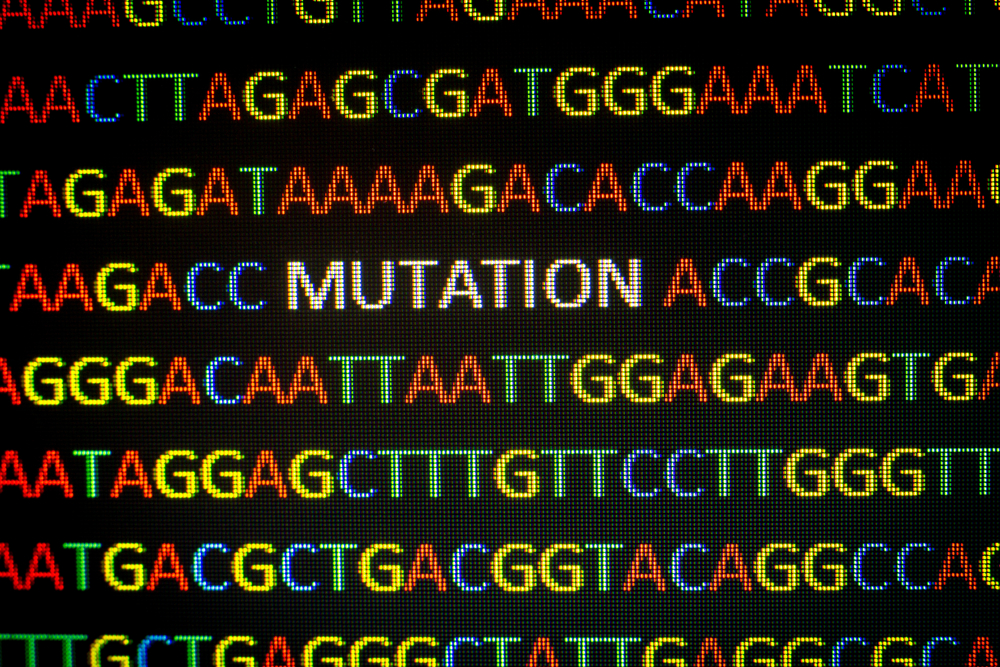Aberration in RNA Processing Leads to Development of Congenital Myotonic Dystrophy, Study Finds

In what could be the first step on the long road to finding a potential cure, researchers have found that aberrations in RNA processing are the major cause of congenital myotonic dystrophy (CDM).
The study “Disrupted prenatal RNA processing and myogenesis in congenital myotonic dystrophy” was published in the journal Genes & Development.
DM1 (myotonic dystrophy 1) is the adult-onset version of CDM. It is known that DM1 is caused by the production of mutant RNAs that affect the activity of RNA processing factors and cause them to not function correctly. RNAs are the molecules transcribed from genes that will be translated into proteins.
One of the types of RNA processing factors that these mutant RNAs target are known as MBNL proteins, which lead to altered expression of fetal proteins in adult cells.
Multiple studies have established the mechanism of DM1, but the mechanism behind CDM is currently unknown. That led researchers at the University of Florida to study whether the mechanism of DM1 is similar to the one for CDM.
The research team showed there are abnormalities in RNA processing in the muscle tissues of infants with CDM. They also showed that while most of the RNA processing pathways that are abnormally regulated, or dysregulated, in CDM are also prevalent in DM1, these pathways are more severe in CDM.
Researchers then hypothesized that the same RNA processing factors that are involved in the development of DM1 — the MBNL proteins — are involved in the development of CDM as well.
In order to test their hypothesis, researchers generated mouse models with a double or triple knockout of the Mbnl genes. Knockouts refer to animals in which researchers have inactivated, or “knocked out,” certain genes to learn how they may cause or contribute to disease in humans.
They generated a Mbnl1 and Mbnl2 knockout as well as Mbnl1, Mbnl2, and Mbnl3 knockout. They used these mouse models to determine if they would develop the congenital myopathy and defects in RNA processing that are characteristic of CDM.
They discovered that RNA misprocessing factors in MBNL proteins cause a switch in the type of proteins that are expressed in infant muscle cells, which eventually lead to CDM.
In addition, the mouse models developed to conduct his study can allow other researchers in the future to test potential drug treatments.
“The ultimate goal is to come up with ideas for treating children with this disease soon after birth to minimize the long-term effects of the disorder,” Maurice Swanson, Ph.D., a professor in the University of Florida College of Medicine’s department of molecular genetics and microbiology, said in a press release.
In summary, results from this study show that the alteration of some RNA processing activities cause a change in the types of proteins expressed in muscle cells, which lead to CDM.
“This provides us important new information about where we should go next and what kinds of therapeutics might be effective against this hereditary disease,” Swanson said.






